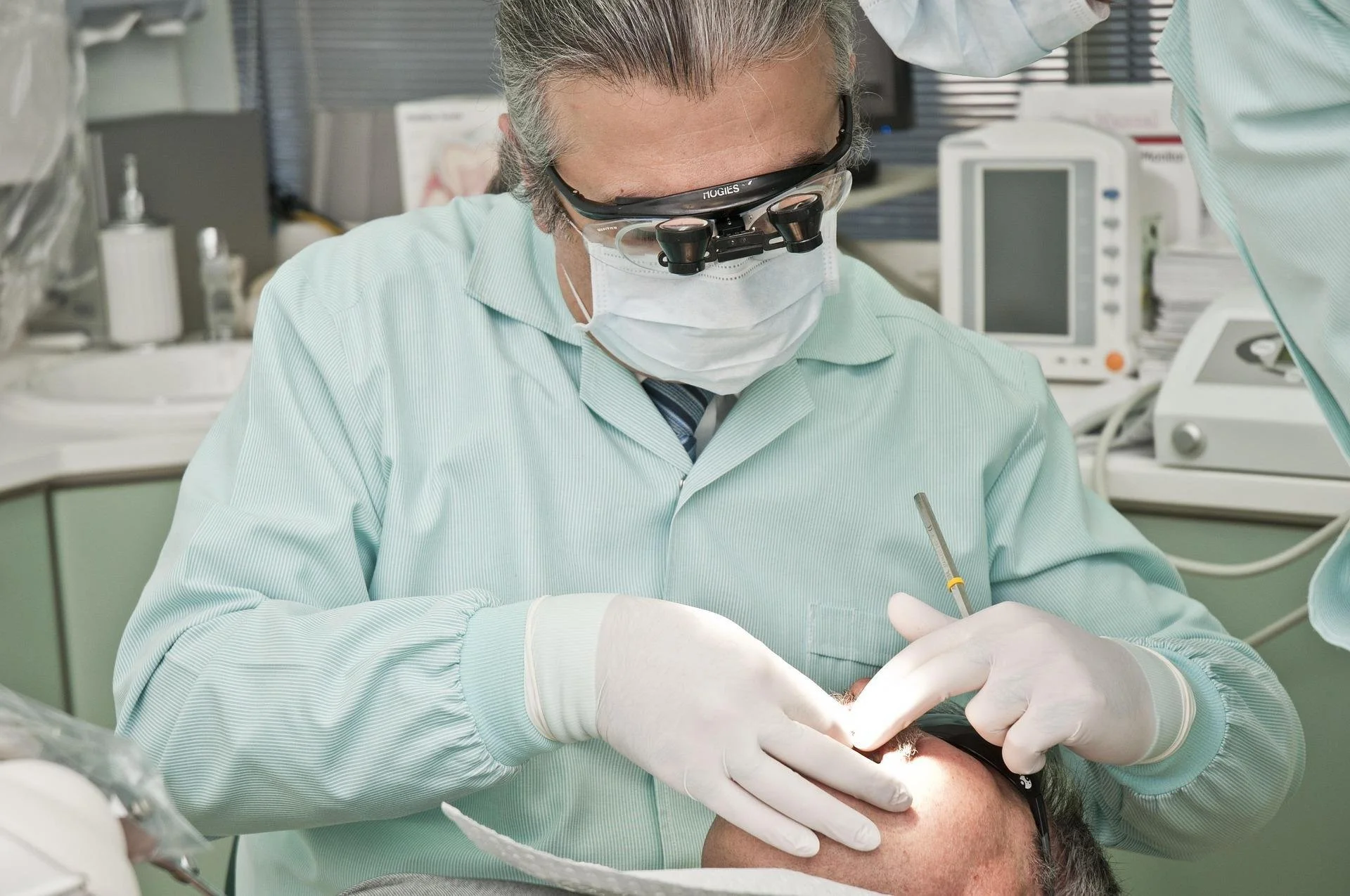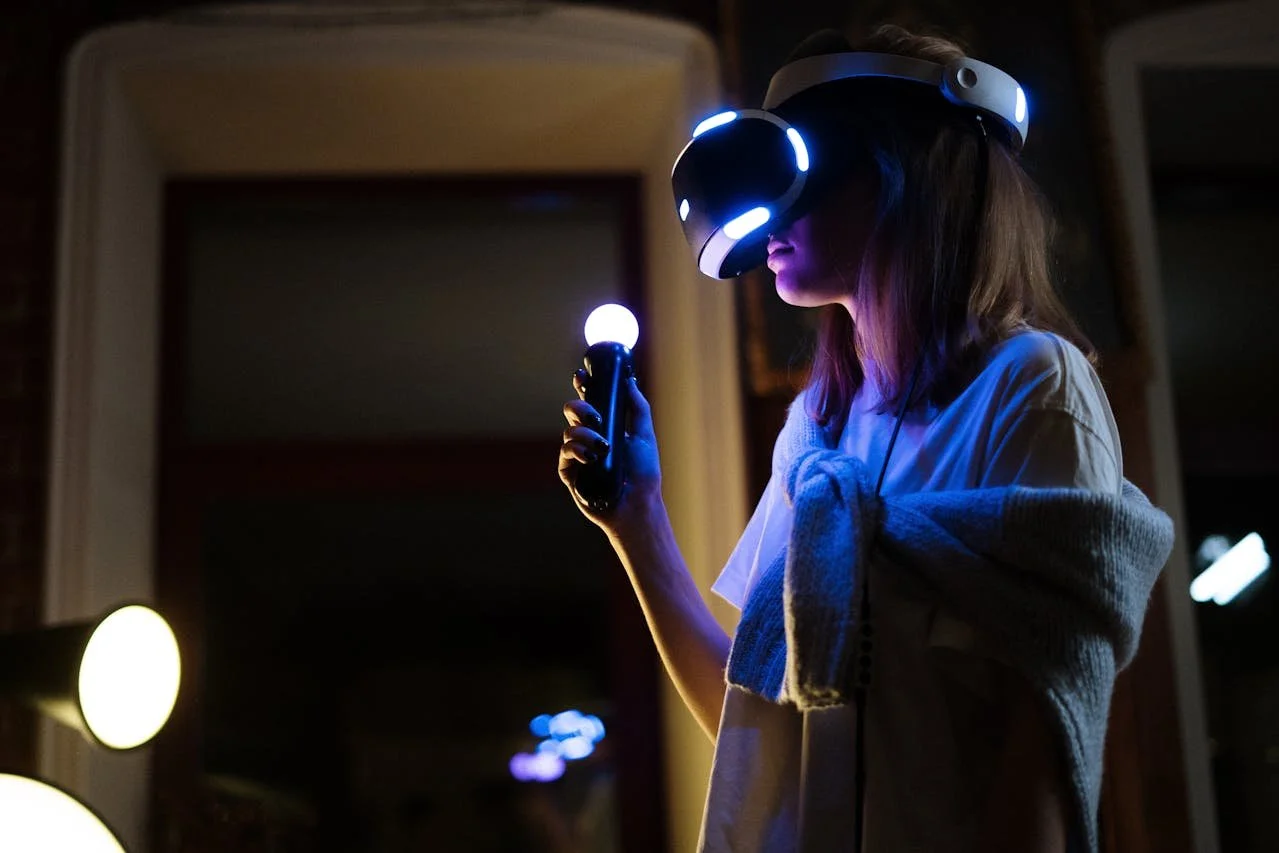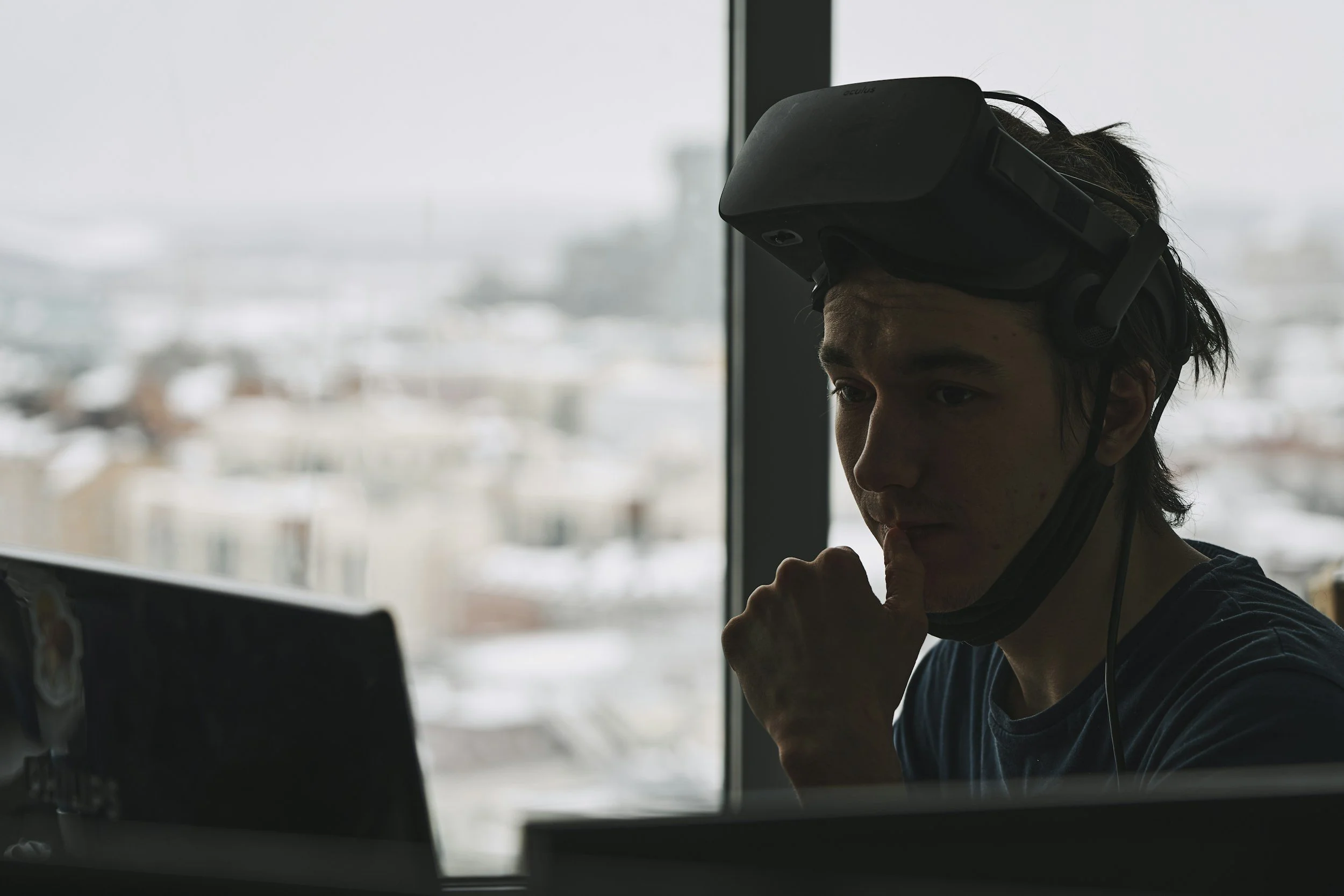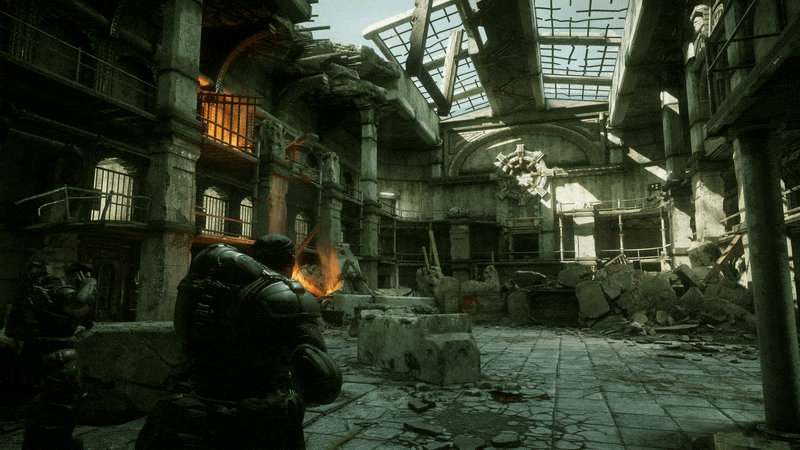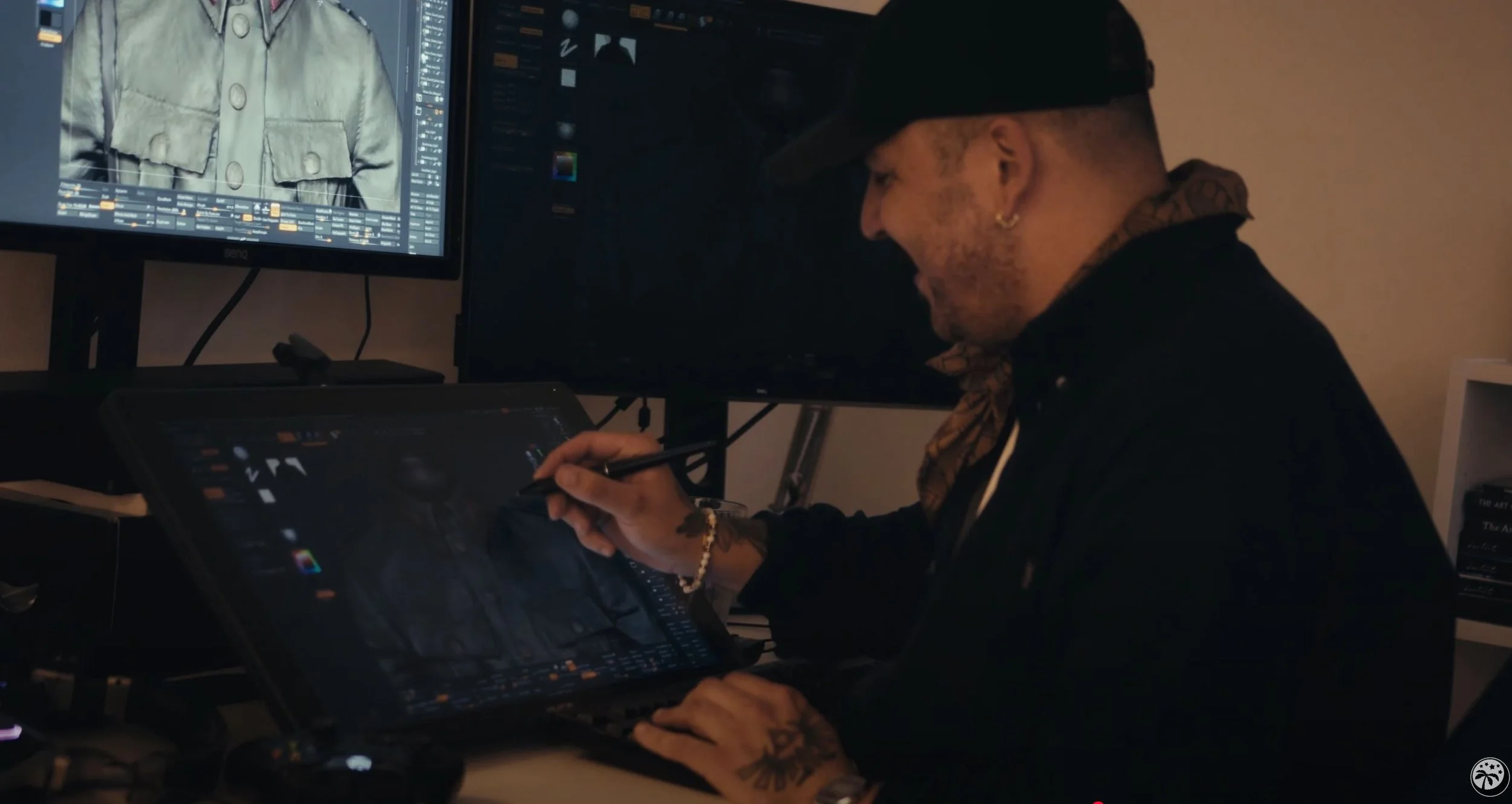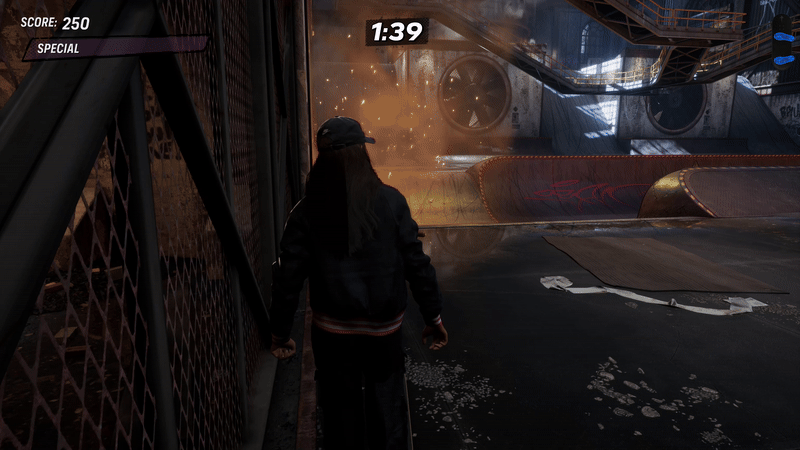Over the years, virtual reality has been at the forefront of the technological revolution. This emerging technology is changing the game across industries, but our focus in this piece is dentistry. Thanks to VR, the way dentists treat patients and train students has changed significantly. It isn't just good for the physical aspect of dentistry but can also help improve the emotional support dentists offer patients during sections. Let's take a deeper dive into this revolution.
VR: The Game Changer In Dentistry
There has been a significant shift in dental processes across the board. Something as basic as installing braces in Austin took a lot of time and specialization thirty years ago. However, this process is now much more straightforward, thanks to technological advancements. How else has technology, specifically virtual reality, changed the industry?
VR Enhanced Education
People used to do conventional dental training with good old-fashioned books within the four walls of a classroom. They only got hands-on training on rare occasions that required practice. While these methods worked, they weren't too efficient. For starters, textbooks quickly become outdated, and constant access to practicals is expensive.
Virtual reality provides a solution by giving users an immersive learning experience in a virtual environment. It is just as interactive as the real thing as it simulates clinical scenarios like tooth extraction, cavity filling, and others. VR also reduces the need to risk human patients. There are also studies that suggest people are more likely to remember things they learn in the virtual world.
Reduced Anxiety and Pain
Visiting any doctor can lead to anxiety and pain, and a visit to the dentist isn't an exception. Fear and dental anxiety can put the patients in a difficult situation before procedures and can even lead to delays. VR solves this problem by providing a well-needed distraction while the dentist works. Patients can be immersed in the virtual world. The much-needed distraction will take the patient's mind off the procedure for as long as necessary.
Improved Treatment Visualization
Visualization is a key part of dentistry because it lets the dentist view the teeth better. Health technology firms are now creating 3D models of the teeth and mouth. The information they get from analyzing these 3D structures allows them to create more effective treatment plans for common and rare tooth problems.
Apart from helping dentists create better treatment plans, 3D models can also be used to teach patients about their condition more effectively when they use these 3D models for demonstrations to patients. These people will be able to better understand their condition and the best course of action for treatment.
Virtual Consultations and Telemedicine
Not every dental case needs immediate attention from the dentist. Some cases can be handled online. For example, you don't need to go all the way to the dentist just for a consultation. You can do it from the comfort of your home, either through video conferencing or in a virtual environment that looks just like a dentist's office. It also comes in handy when a physical visit is not an option. Virtual consultation and telemedicine played key roles during the COVID-19 pandemic when movement was restricted.
Conclusion
VR has changed and will continue to change how the dentistry industry works. While we've talked about some of the significant ways this technology makes a difference, there are still many other options.
